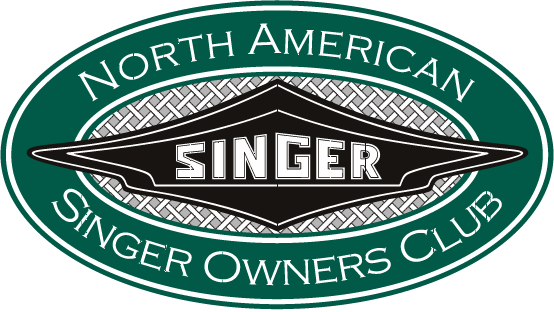Hunter
Launched in September 1954, the Hunter was named after the Singer Chairman and was basically a updated SM1500. Originally the bonnet and side-valances were made of fibreglass to reduce the front end weight. The front grille was replaced with a much more traditional chrome radiator shell with vertical bars, and chromed air intake grills. The car included quite a large amount of chrome accessories that most cars could not match, even as optional extras. 
Chassis and running gear was from the SM1500 with few differences. The camshaft profile was altered for quieter running and a mechanical pump was fitted. It was hoped that this car would rejuvinate Singer even though the car was fairly expensive at the time. However the quality of some components brought the car down. Mainly the fibreglass panels which were built by Marston Excelsior Ltd. of Wolver-hampton was just too poor. The panels did not fit and were simply not durable enough to withstand regular use. These panels were eventually replaced with steel panels. In the following years these panels would be blamed for the demise of the company since the car never realized its hoped for potential.
For the 1955 model year, Singer unveiled the twin-cam engine for the Hunter. This was a exciting development that had been a joint development with HRG. The engine used a modified single cam 1497cc bottom end with a cast head onto which 2 housings for the camshafts was attached. Twin Solex carburettors were centrally positioned with the vee formed by the 2 camshafts towers. The modifications to the bottom end was a drop forged crankshaft of the same dimensions as the 1497cc cast crankshaft and new pistons. Brakes were also increased from 9inches to 10inches to help with the additional power.
Although, this car was shown at the show and was supposed to be ready, it never came into full production.
Hunter Specs
Main Dimensions
- Overall Length : 14′ 9″ (14 feet 9inches)
- OverallWidth : 5′ 3″ (5 feet 3 inches)
- Overall Height : 5′ 4″ (5 feet 4 inches)
- Wheelbase : 8′ 11½” (8 feet 11½ inches)
- Front Track : 4′ 2½” (4 feet 2½ inches)
- Rear Track : 4′ 3″ (4 feet 3 inches)
- Weight : 24 cwt (2,702lb) unladen
- Weight Distribution : Front 55% Rear 45%
- Fuel Consumption : 13.1 litre per 100km
Engine
- Engine Displacement : 1.5 litres (1497cc) (1500 overhead camshaft)
- Compression Ratio : 7 to 1
- BHP : 58 at 4,600 R.P.M.
- Torque : 48lb ft at 4,200 R.P.M.
- MPH per 1000 R.P.M. on top gear 15.25
- Bore & Stroke :73 x 89.4 mm (2.874 x 3.52 inches)
- Carburation : Solex down draft
- Electrical Sytem : 12volt Battery and Coil.
Gearbox and brakes
- Transmission/Gearbox: 4 speed (4 forward speeds 1 reverse full synchromesh)
- Brakes : Lockheed Hydraulic on all four wheels with Handbrake working independently.
- Brakes Type: Front 2-leading shoe, Rear leading and trailing.
- Brake Drum dimensions : Front Drum 9″ diameter 1¾” wide Rear Drum 9″ diameter 1¾” wide.
- Suspension : Front Independent Coil springs and wishbones. Rear Half elliptic leaf springs. Anti roll bar position: front.
- Steering : Burmann recirculating ball type, turning circle 38′
- Tyres : Balloon CrossPly Type, Size 5.50 x 16 inch
